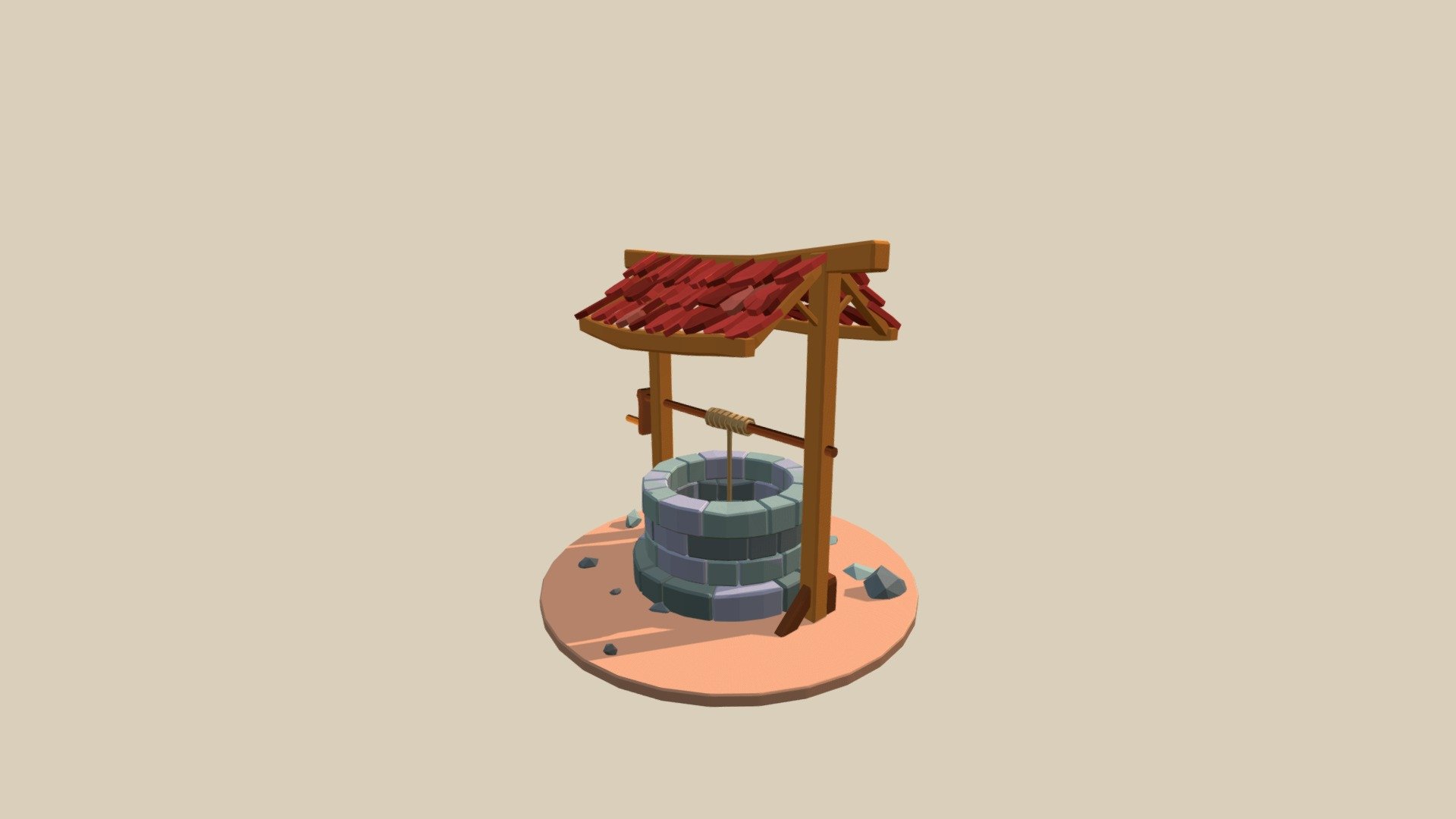
wel2l
sketchfab
The human body has a complex and fascinating structure that is still not fully understood by scientists. The organs of the human body are all connected and work together to maintain overall health. Each organ plays an important role, and when one organ fails or becomes damaged, it can have serious consequences for the rest of the body. The skin, which covers the entire surface of the body, is responsible for protecting against external factors such as sunlight, cold temperatures, and physical injury. It also helps to regulate body temperature by sweating and producing heat. The skin contains nerve endings that allow us to feel sensations like touch, pressure, and pain. The skeletal system provides support and protection for the internal organs. It consists of 206 bones that are connected by joints and ligaments. The skeletal system also produces blood cells in the bone marrow and stores minerals such as calcium and phosphorus. The muscular system is responsible for movement and maintains posture. There are three types of muscle: smooth, cardiac, and skeletal. Smooth muscles are found in the walls of internal organs like the digestive tract and are involved in involuntary movements. Cardiac muscles are found in the heart and pump blood throughout the body. Skeletal muscles are attached to bones and allow for voluntary movement. The respiratory system brings oxygen into the lungs where it is absorbed into the bloodstream. The respiratory system also removes carbon dioxide from the body through exhalation. The trachea, or windpipe, leads to the bronchi which branch off into smaller airways called bronchioles. The digestive system breaks down food into nutrients that are then absorbed into the bloodstream. The digestive system includes the mouth, esophagus, stomach, small intestine, and large intestine. The liver and pancreas also play important roles in digestion by producing enzymes that break down food. The circulatory system, also known as the cardiovascular system, transports blood throughout the body. It consists of the heart, arteries, veins, and capillaries. The heart pumps blood through the arteries to the rest of the body where it is then returned to the heart through the veins. The nervous system transmits signals between different parts of the body. It consists of the brain, spinal cord, and nerves that connect these organs. The brain processes information from sensory receptors and sends signals to muscles and glands to respond accordingly. The endocrine system produces hormones that regulate various bodily functions such as growth and development, metabolism, and reproductive processes. The endocrine system includes glands like the thyroid gland, adrenal glands, and pancreas.
With this file you will be able to print wel2l with your 3D printer. Click on the button and save the file on your computer to work, edit or customize your design. You can also find more 3D designs for printers on wel2l.
